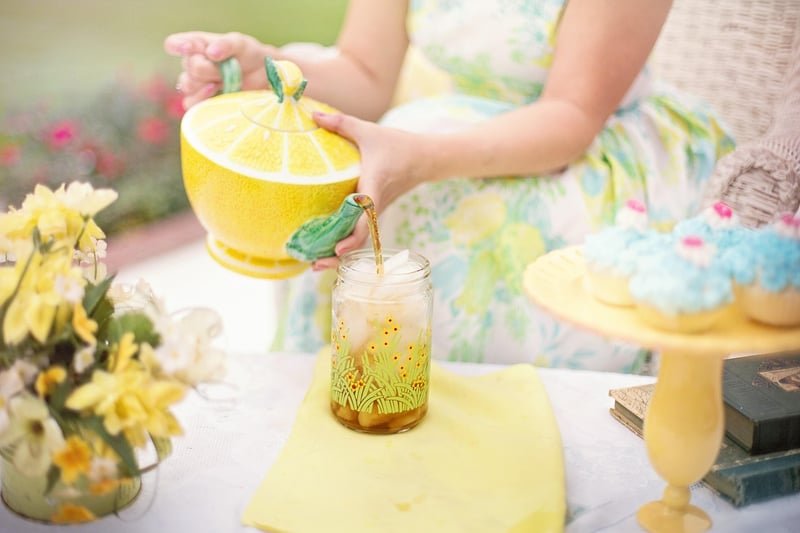Historical Etiquette
Practical Advice and Historical Etiquette
Introduction
Welcome to our guide on combining practical advice with historical etiquette. In this article, we will explore a blend of useful tips for modern living along with insights into traditional manners and customs.
Practical Tips for Everyday Life
Living in today's fast-paced world requires a balance of efficiency and mindfulness. Here are some practical tips to help you navigate through daily challenges:
- Organize your schedule using digital tools to stay on top of tasks.
- Practice good communication skills to build strong relationships with others.
- Stay physically active to maintain a healthy lifestyle.
- Set aside time for self-care and relaxation to reduce stress.
Historical Etiquette Insights
Exploring historical etiquette can provide a glimpse into the traditions and social norms of the past. Here are some insights into etiquette from different time periods:
- Victorian Era: During the Victorian era, proper etiquette was highly valued, with strict rules governing behavior in social settings.
- Renaissance Period: In the Renaissance period, etiquette manuals emphasized the importance of courtly behavior and refined manners among nobility.
- Medieval Times: Etiquette in medieval times often revolved around chivalry, honor, and respect for authority.
Blending Tradition with Modernity
While the customs of the past may seem outdated in today's world, there are valuable lessons to be learned from historical etiquette. By blending tradition with modernity, we can create a harmonious balance between the old and the new.
Conclusion
By combining practical advice with historical etiquette, we can enrich our lives with wisdom from the past while embracing the innovations of the present. Remember to stay mindful of both tradition and progress as you navigate through the complexities of modern life.

For more insights into etiquette and practical living tips, stay tuned for our upcoming articles!
